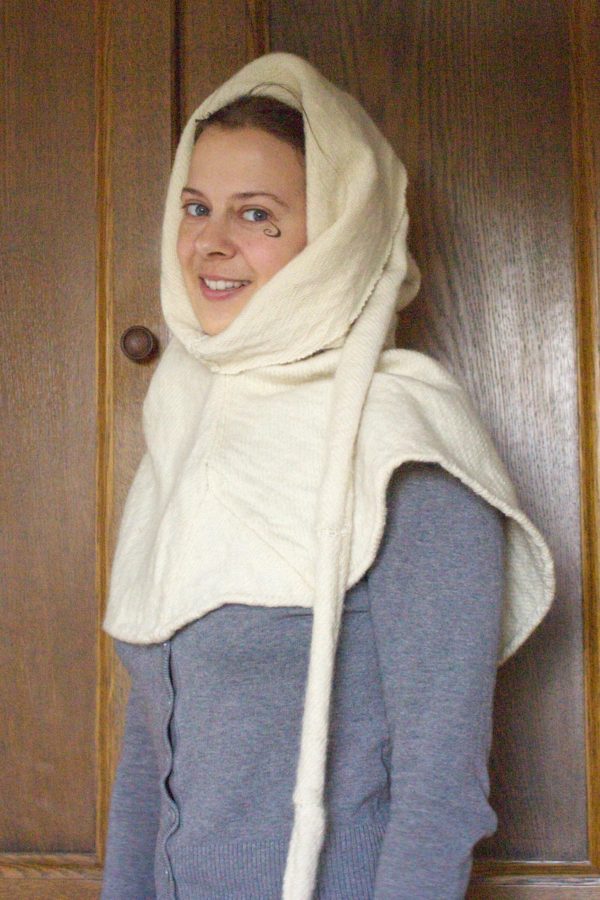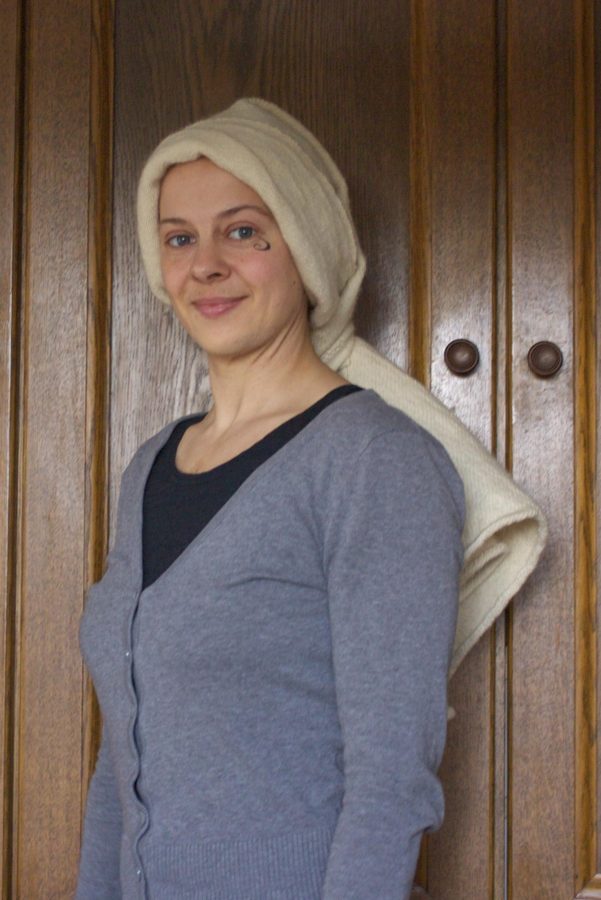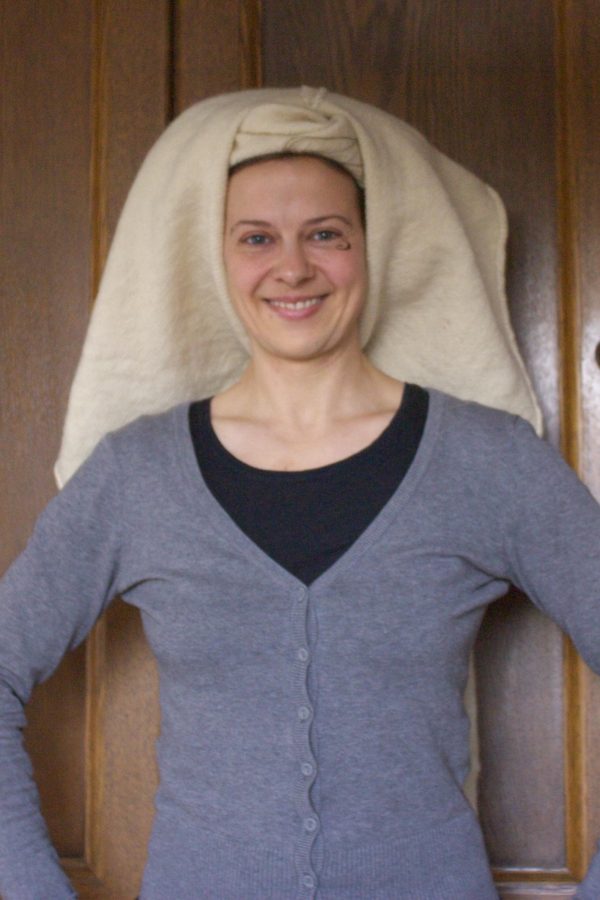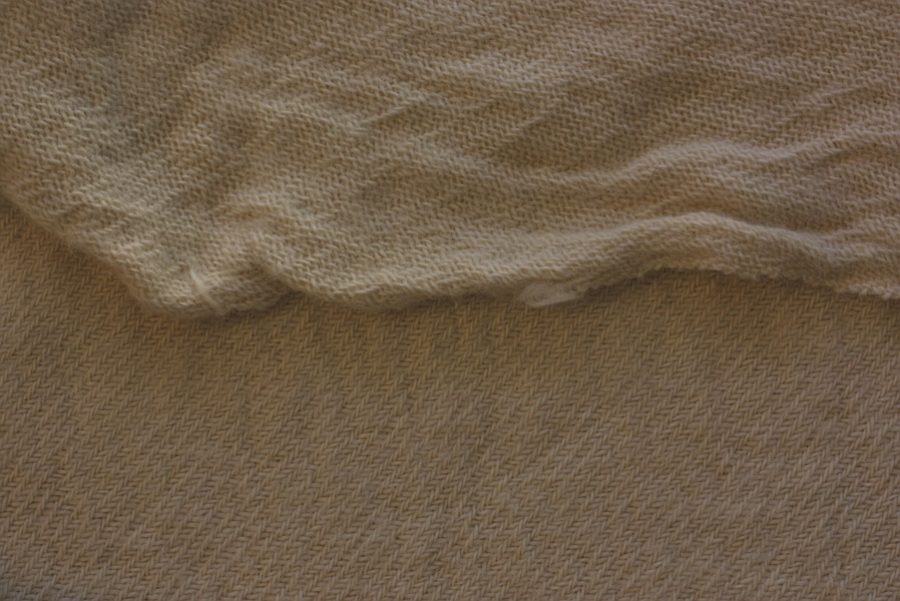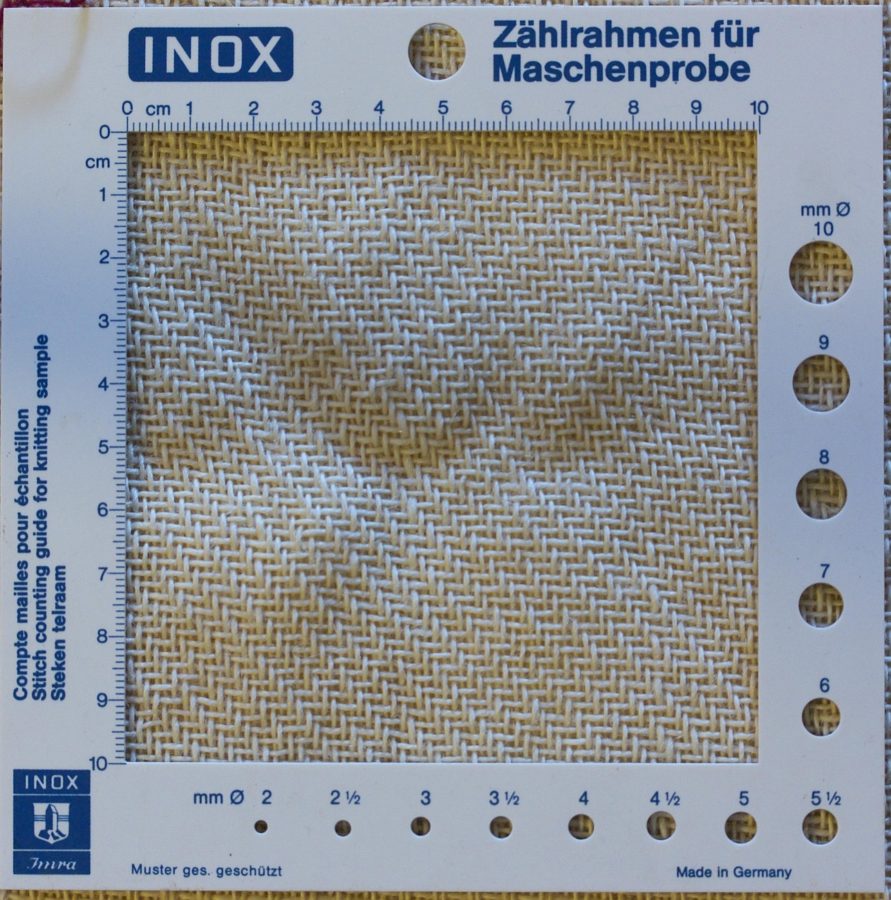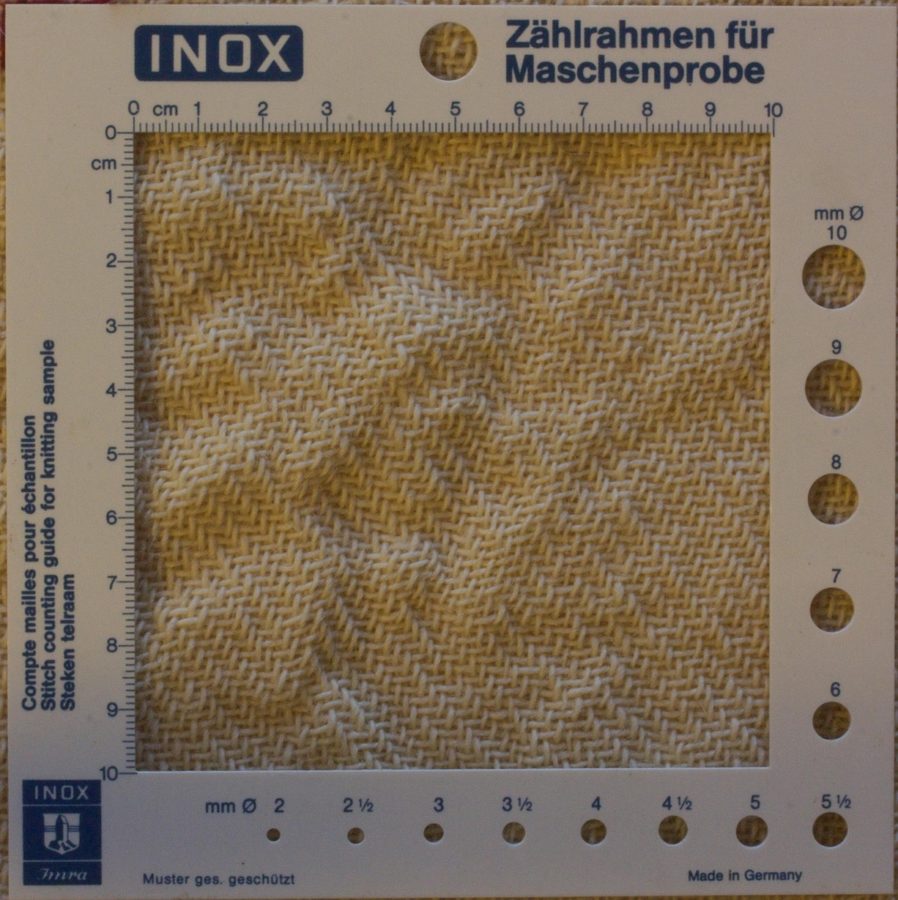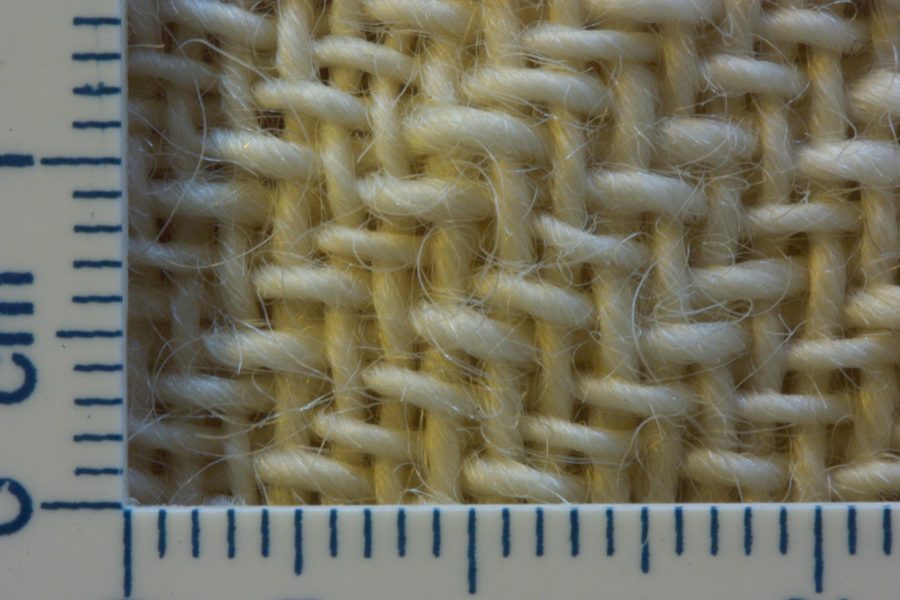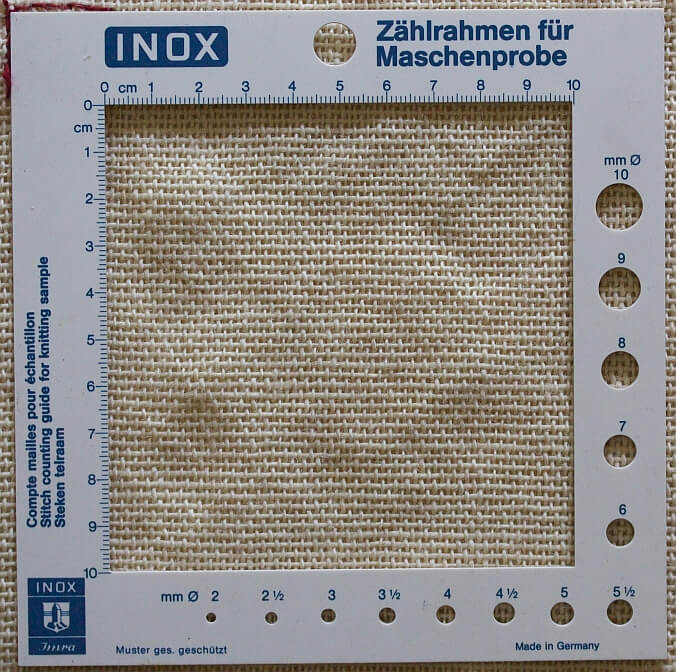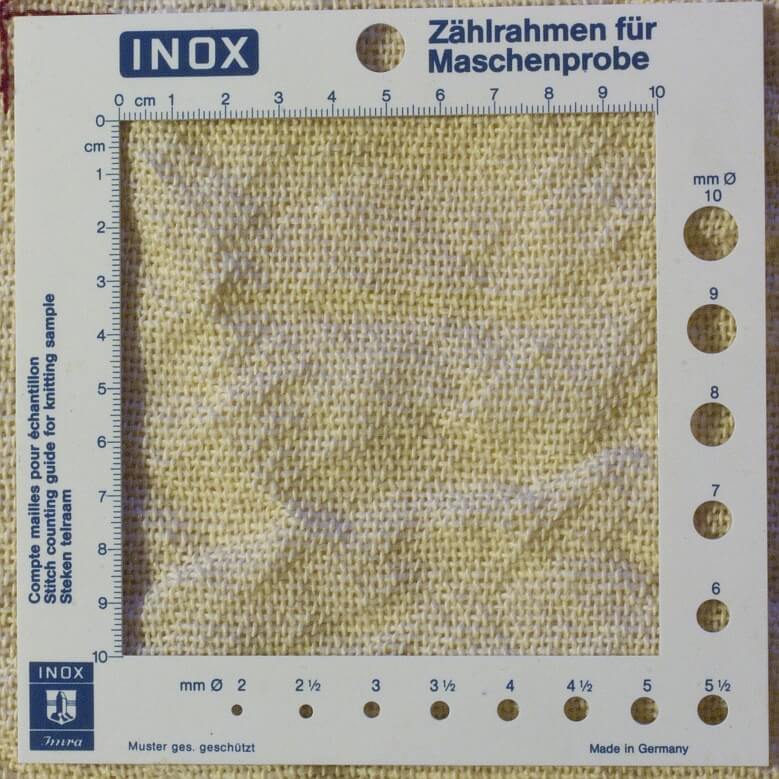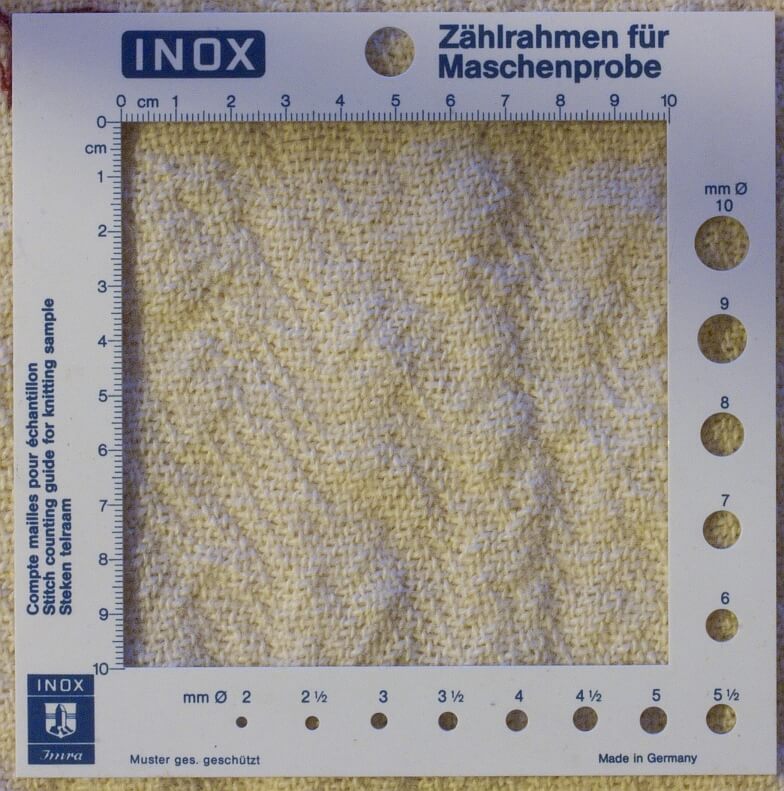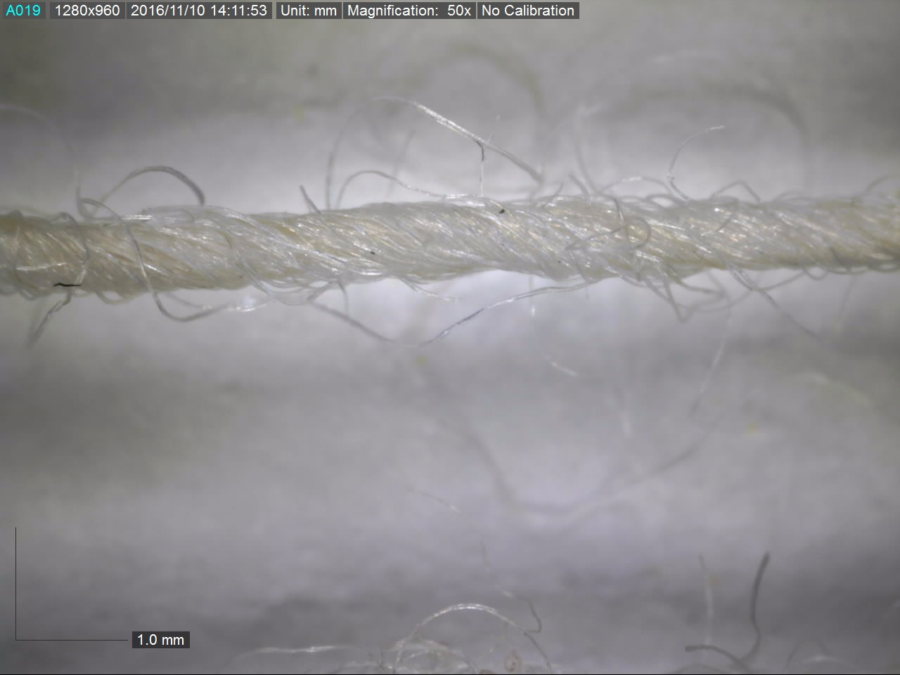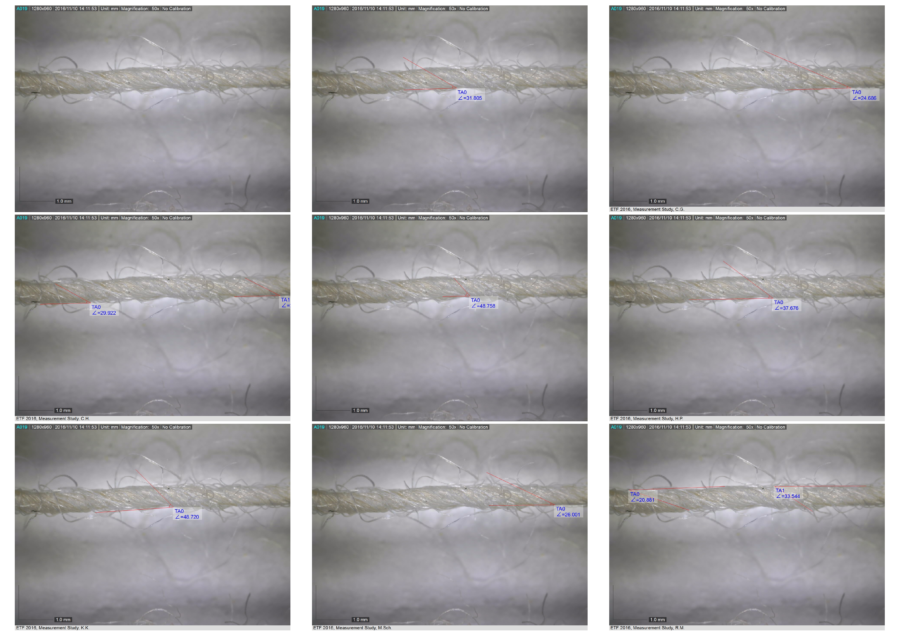Here's one of the things I played around with regarding spinnning angles - an overlay of several measurements by several people on the same yarn picture.
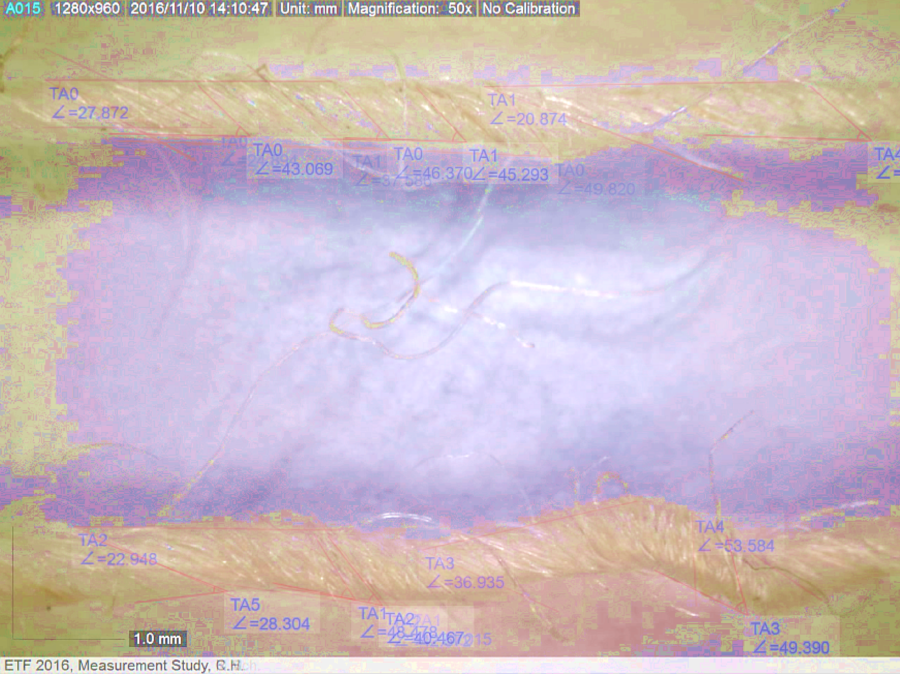
It's hard to see, but you'll hopefully be able to make out the angles drawn onto the thread. I find it fascinating that about nobody picked the same spot, and that the results are so mixed (which is probably due to my spinning).
I'm also fascinated by another comparison - two threads, one of which was spun quite a bit firmer than the other one. Measuring the angles, though, gave almost the same result for both. Was that a fluke of my measuring? (I'll probably do a few more measurements to find out...)
Anyway - it stays interesting. And it makes me wonder how reliable the spinning angle is... though I'm quite convinced that there is not a better thing to be found for the archaeological or historical textiles. Sigh.

It's hard to see, but you'll hopefully be able to make out the angles drawn onto the thread. I find it fascinating that about nobody picked the same spot, and that the results are so mixed (which is probably due to my spinning).
I'm also fascinated by another comparison - two threads, one of which was spun quite a bit firmer than the other one. Measuring the angles, though, gave almost the same result for both. Was that a fluke of my measuring? (I'll probably do a few more measurements to find out...)
Anyway - it stays interesting. And it makes me wonder how reliable the spinning angle is... though I'm quite convinced that there is not a better thing to be found for the archaeological or historical textiles. Sigh.




